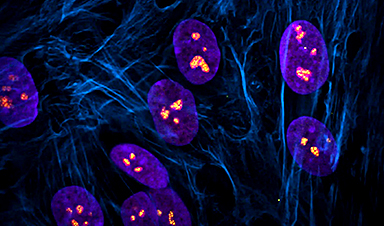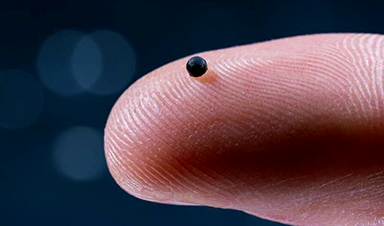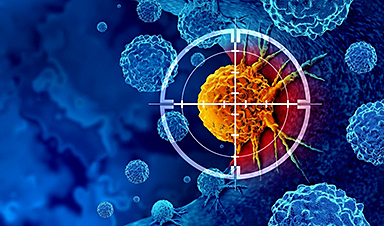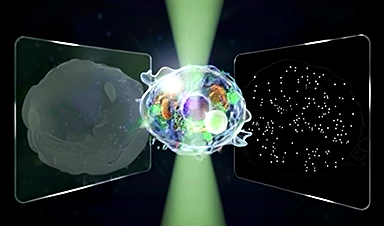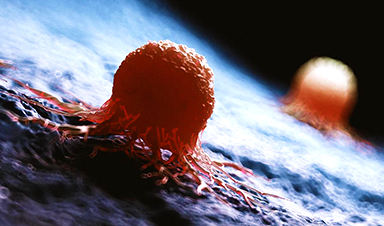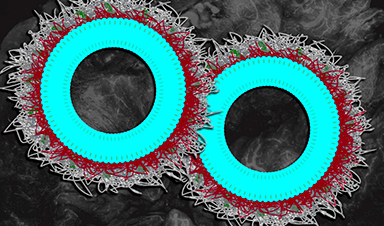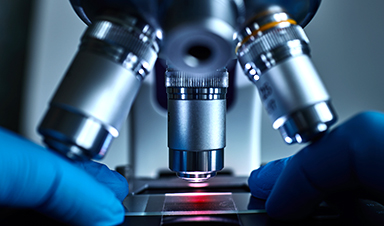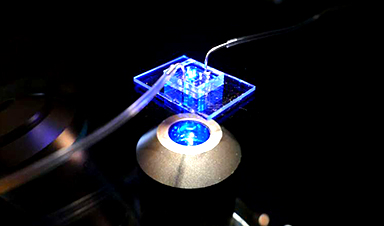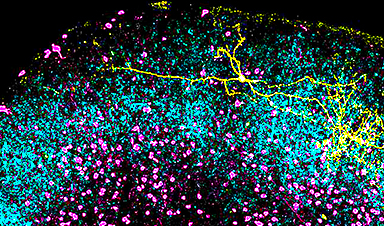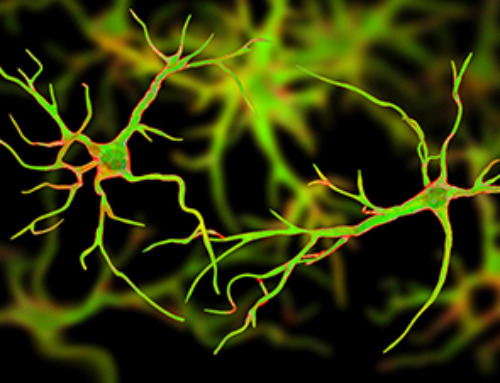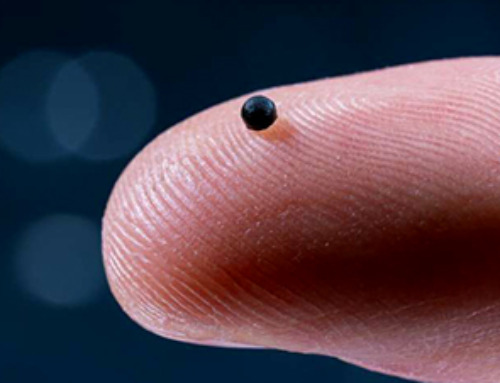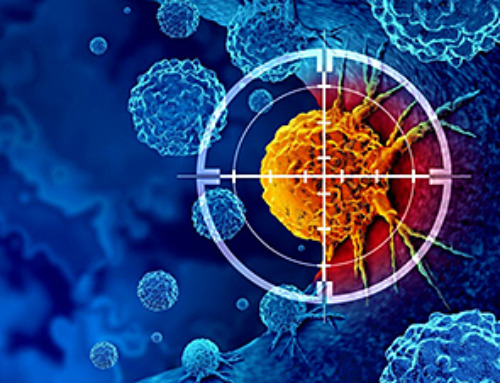The findings could potentially improve the success rate of cancer drug development.
Approximately 90% of drugs don't reach the market, highlighting the clear need for increased efficiency in drug development. The story isn't different for drugs aimed at treating cancer, with many failing due to various reasons. Now, researchers have revealed one reason why certain anti-cancer compounds can cause unexpected side effects. This research could help guide an understanding of why some drugs show more promise than others, providing a new tool that can be used to identify those drugs and drug candidates.
One of the most essential and energy-consuming cellular processes is ribosome biogenesis, the formation of the cellular machines that manufacture all proteins. For cancer cells, this process is paramount. A recent study published in the journal eLife from the Stowers Institute for Medical Research screened over 1,000 existing anti-cancer drugs to assess how they impact the structure and function of the nucleolus, the ubiquitous cellular organelle where ribosomes are made.
"All cells must make proteins to function, so they have to make ribosomes, which are also protein complexes themselves," said lead author Tamara Potapova, Ph.D., a research specialist in the lab of Investigator Jennifer Gerton, Ph.D. "In cancer cells, ribosome production must be in overdrive to compensate for high proliferation rates requiring even more proteins."
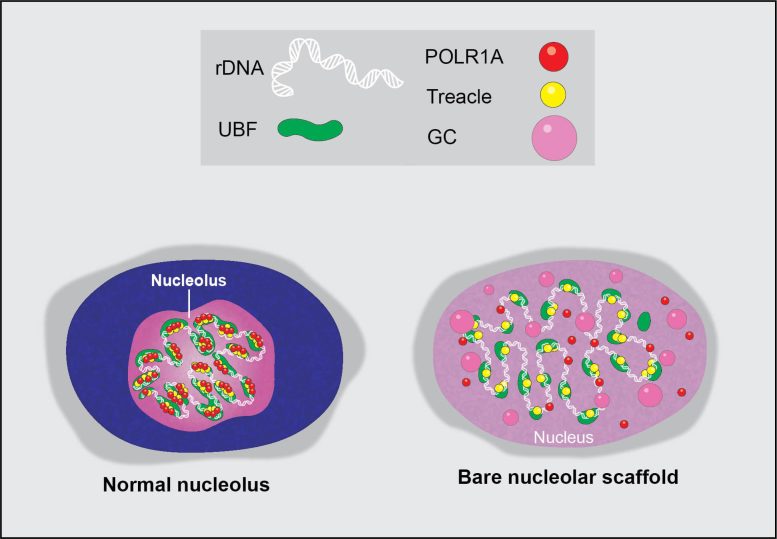
Graphical illustration of a normal nucleolus and its extreme stress state following transcriptional cyclin-dependent kinase inhibition by chemotherapy agents. Credit: Image courtesy of Mark Miller and Tamara Potapova, Stowers Institute for Medical Research
The nucleolus is a special part of the cell nucleus that houses ribosomal DNA, and where ribosomal RNA production and ribosome assembly largely takes place. Nucleoli can vary greatly in appearance, serving as visual indicators of the overall health of this process. Thus, the team found a way to capitalize on this variation and asked how chemotherapy drugs impact the nucleolus, causing nucleolar stress.
"In this study, we not only evaluated how anti-cancer drugs alter the appearance of nucleoli but also identified categories of drugs that cause distinct nucleolar shapes," said Gerton. "This enabled us to create a classification system for nucleoli based on their appearance that is a resource other researchers can use."
Because cancer's hallmark is unchecked proliferation, most existing chemotherapeutic agents are designed to slow this down. "The logic was to see whether these drugs, intentionally or unintentionally, are affecting ribosome biogenesis and to what degree," said Potapova. "Hitting ribosome biogenesis could be a double-edged sword—it would impair the viability of cancer cells while simultaneously altering protein production in normal cells."
Different drugs impact different pathways involved in cancer growth. Those that influence ribosome production can induce distinct states of nucleolar stress that manifest in easily seen morphological changes. However, nucleolar stress can be difficult to measure.

Fluorescent images showing nucleolar stress induced by drugs that inhibit transcriptional enzymes, or cyclin-dependent kinases (CDK). The upper left panel shows a normal cell with two important nucleolar proteins stained (magenta and green) and DNA (blue). The remaining panels show the impact of CDK or transcription-inhibitory drugs on nucleoli. Credit: Image courtesy of Tamara Potapova, Gerton Lab, Stowers Institute for Medical Research
"This was one of the issues that impeded this field," said Potapova. "Cells can have different numbers of nucleoli with different sizes and shapes, and it has been challenging to find a single parameter that can fully describe a "normal" nucleolus. Developing this tool, which we termed "nucleolar normality score," allowed us to measure nucleolar stress precisely, and it can be used by other labs to measure nucleolar stress in their experimental models."
Through the comprehensive screening of anti-cancer compounds on nucleolar stress, the team identified one class of enzymes in particular, cyclin-dependent kinases, whose inhibition destroys the nucleolus almost completely. Many of these inhibitors failed in clinical trials, and their detrimental impact on the nucleolus was not fully appreciated previously.
Drugs often fail in clinical trials due to excessive and unintended toxicity that can be caused by their off-target effects. This means that a molecule designed to target one pathway may also be impacting a different pathway or inhibiting an enzyme required for cellular function. In this study, the team found an effect on an entire organelle.
"I hope at a minimum this study increases awareness that some anti-cancer drugs can cause unintended disruption of the nucleolus, which can be very prominent," said Potapova. "This possibility should be considered during new drug development."
News
Scientists Find a Way to Help the Brain Clear Alzheimer’s Plaques Naturally
Scientists have discovered that the brain may have a built-in way to fight Alzheimer’s. By activating a protein called Sox9, researchers were able to switch on star-shaped brain cells known as astrocytes and turn them into [...]
Vision can be rebooted in adults with amblyopia, study suggests
Temporarily anesthetizing the retina briefly reverts the activity of the visual system to that observed in early development and enables growth of responses to the amblyopic eye, new research shows. In the common vision [...]
Ultrasound-activated Nanoparticles Kill Liver Cancer and Activate Immune System
A new ultrasound-guided nanotherapy wipes out liver tumors while training the immune system to keep them from coming back. The study, published in Nano Today, introduces a biodegradable nanoparticle system that combines sonodynamic therapy and cell [...]
Magnetic nanoparticles that successfully navigate complex blood vessels may be ready for clinical trials
Every year, 12 million people worldwide suffer a stroke; many die or are permanently impaired. Currently, drugs are administered to dissolve the thrombus that blocks the blood vessel. These drugs spread throughout the entire [...]
Reviving Exhausted T Cells Sparks Powerful Cancer Tumor Elimination
Scientists have discovered how tumors secretly drain the energy from T cells—the immune system’s main cancer fighters—and how blocking that process can bring them back to life. The team found that cancer cells use [...]
Very low LDL-cholesterol correlates to fewer heart problems after stroke
Brigham and Women's Hospital's TIMI Study Group reports that in patients with prior ischemic stroke, very low achieved LDL-cholesterol correlated with fewer major adverse cardiovascular events and fewer recurrent strokes, without an apparent increase [...]
“Great Unified Microscope” Reveals Hidden Micro and Nano Worlds Inside Living Cells
University of Tokyo researchers have created a powerful new microscope that captures both forward- and back-scattered light at once, letting scientists see everything from large cell structures to tiny nanoscale particles in a single shot. Researchers [...]
Breakthrough Alzheimer’s Drug Has a Hidden Problem
Researchers in Japan found that although the Alzheimer’s drug lecanemab successfully removes amyloid plaques from the brain, it does not restore the brain’s waste-clearing system within the first few months of treatment. The study suggests that [...]
Concerning New Research Reveals Colon Cancer Is Skyrocketing in Adults Under 50
Colorectal cancer is striking younger adults at alarming rates, driven by lifestyle and genetic factors. Colorectal cancer (CRC) develops when abnormal cells grow uncontrollably in the colon or rectum, forming tumors that can eventually [...]
Scientists Discover a Natural, Non-Addictive Way To Block Pain That Could Replace Opioids
Scientists have discovered that the body can naturally dull pain through its own localized “benzodiazepine-like” peptides. A groundbreaking study led by a University of Leeds scientist has unveiled new insights into how the body manages pain, [...]
GLP-1 Drugs Like Ozempic Work, but New Research Reveals a Major Catch
Three new Cochrane reviews find evidence that GLP-1 drugs lead to clinically meaningful weight loss, though industry-funded studies raise concerns. Three new reviews from Cochrane have found that GLP-1 medications can lead to significant [...]
How a Palm-Sized Laser Could Change Medicine and Manufacturing
Researchers have developed an innovative and versatile system designed for a new generation of short-pulse lasers. Lasers that produce extremely short bursts of light are known for their remarkable precision, making them indispensable tools [...]
New nanoparticles stimulate the immune system to attack ovarian tumors
Cancer immunotherapy, which uses drugs that stimulate the body’s immune cells to attack tumors, is a promising approach to treating many types of cancer. However, it doesn’t work well for some tumors, including ovarian [...]
New Drug Kills Cancer 20,000x More Effectively With No Detectable Side Effects
By restructuring a common chemotherapy drug, scientists increased its potency by 20,000 times. In a significant step forward for cancer therapy, researchers at Northwestern University have redesigned the molecular structure of a well-known chemotherapy drug, greatly [...]
Lipid nanoparticles discovered that can deliver mRNA directly into heart muscle cells
Cardiovascular disease continues to be the leading cause of death worldwide. But advances in heart-failure therapeutics have stalled, largely due to the difficulty of delivering treatments at the cellular level. Now, a UC Berkeley-led [...]
The basic mechanisms of visual attention emerged over 500 million years ago, study suggests
The brain does not need its sophisticated cortex to interpret the visual world. A new study published in PLOS Biology demonstrates that a much older structure, the superior colliculus, contains the necessary circuitry to perform the [...]
